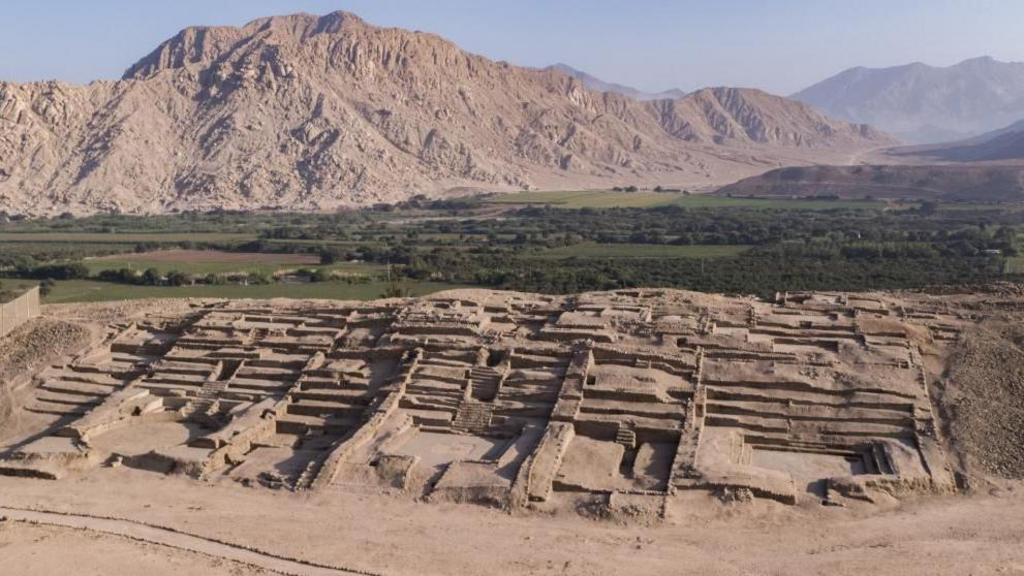Archaeologists have announced the discovery of an ancient city in the Barranca province of northern Peru.
The 3,500-year-old city, named Peñico, is believed to have functioned as a vital trading center connecting early Pacific coast communities with those inhabiting the Andes mountains and the Amazon basin.
Located approximately 200km north of Lima, the site is situated about 600 meters (1,970 feet) above sea level and is estimated to have been established between 1,800 and 1,500 BC – contemporaneous with the flourishing of early civilizations in the Middle East and Asia.
Researchers suggest that this discovery provides valuable insights into the trajectory of the Caral civilization, considered the oldest in the Americas.
Drone footage released by researchers reveals a circular structure on a hillside terrace at the city’s core, surrounded by the remnants of stone and mud constructions.
Eight years of research at the site have uncovered 18 structures, including ceremonial temples and residential complexes.
Within the buildings, researchers unearthed ceremonial objects, clay sculptures depicting human and animal figures, and necklaces crafted from beads and seashells.
Peñico is located near the Supe valley, where Caral, recognized as the oldest known civilization in the Americas, was established around 3,000 BC, approximately 5,000 years ago.
Caral comprises 32 monuments, including substantial pyramid structures, advanced irrigation agriculture, and urban settlements, and is believed to have developed independently of other early civilizations in India, Egypt, Sumeria, and China.
Dr. Ruth Shady, the archaeologist who spearheaded the recent research at Peñico and the excavation of Caral in the 1990s, emphasized the discovery’s importance in understanding the fate of the Caral civilization following its decline due to climate change.
According to Dr. Shady, the Peñico community occupied “a strategic location for trade, for exchange with societies from the coast, the highlands and the jungle,” as she told Reuters.
At a press conference held on Thursday to unveil the findings, archaeologist Marco Machacuay, a researcher with the Ministry of Culture, stated that Peñico’s significance lies in its role as a continuation of Caral society.
Peru is rich in significant archaeological sites of the Americas, notably including the Inca citadel of Machu Picchu in the Andes and the enigmatic Nazca Lines etched into the desert along the central coast.
Several medieval toilets have also been found during more than seven years of excavations.
A pair of rare Roman cavalry swords found in 2023 led to a 2,000-year-old settlement being found.
Eight of the Roman shoes are at least 30cm (11.8in) long – the equivalent of a UK size 13 to 14.
A DNA bone test on a man who lived 4,500 years ago sheds new light on the rise of Ancient Egypt.
A cooking pot containing the remains of a 4th century BC fish stew are among the artefacts found.

